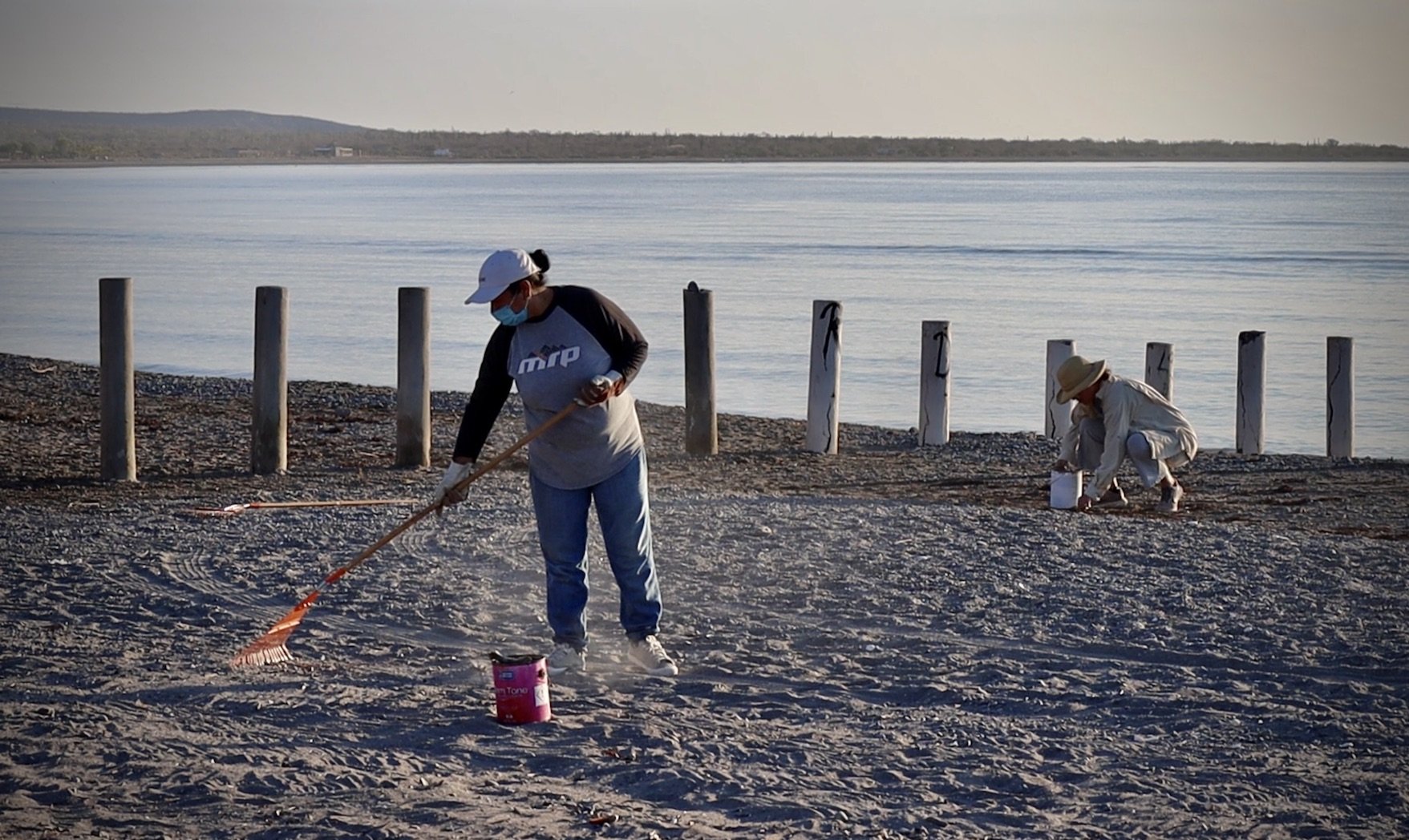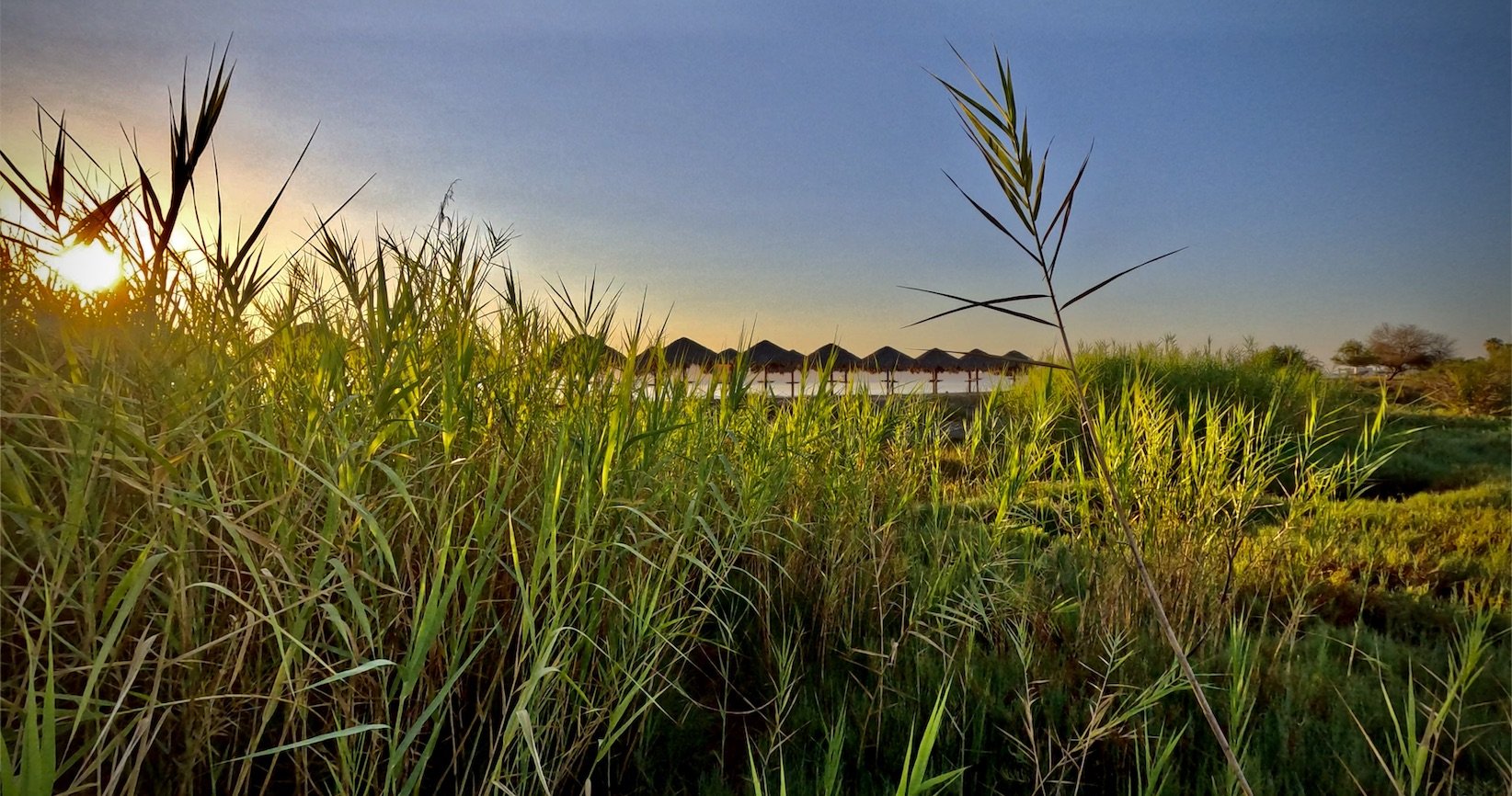At KLM, our mission is “environmental conservation and community empowerment for the residents of Loreto to protect our resources and strengthen our rich local heritage.” The protection of Loreto’s many estuaries falls squarely within that mission, and in some cases, our help arrives just in a nick of time.
Recently, one of the estuaries north of town (north of the old La Pinta Hotel at the end of the northern beach walk - Malecon), has received lots of attention from KLM.
The estuary is home to blue herons, cattle egrets, reddish egrets, black crown night herons, house finches, cardinals, sparrows, nighthawks, phoebes, thrashers, and northern mockingbirds. It also is the site of sea turtle nesting.
Vagaries of Urban Life Were Killing this Estuary Until we Acted
Unfortunately, this vibrant estuary has been dealing for years with urban “invasions” that threaten its existence:
Surface trash and micro-plastics.
Dogs attacking the wildlife.
An overpopulation of cats from town that now live in the estuary.
Local construction discarding rubble.
Local homeowners illegally cutting trees because they interfere with island views.
Weekend drunk driving.
The building of municipal roads into the estuary.
Chopping of trees to make wood for beach fires.
The Estuary’s Heartbeat is Growing Stronger With Care
Our KLM staff and volunteers, led by Cecilia Fischer, have dedicated the 2nd day of every month, and time on every weekend, to nurse this estuary back to health and raise public awareness. After 10 months of constant cleaning, restoring, and building local networks, our work is paying off. We can now see positive changes and the estuary’s health returning, but there’s more work to do and we all must do our part. The photos below are a heart-warming reminder of the beauty we can restore and maintain if we all work together.
Why are Estuaries Important?
Not only are estuaries important to their environments, but they provide resources for humans, too.
For Humans:
An essential function of estuaries that humans benefit from is their protective properties. They provide coastal buffers from storm surge and flooding, which is a key benefit from this particular estuary because it is situated between many Loreto homes and the Gulf of California.
Plants in estuarine habitats also hold onto sediments to decrease erosion and loss of shoreline. These plants and shellfish such as oysters, clams, and muscles help filter pollutants from the water. This filtration creates a healthy water source for both animals and humans alike.
For Nature:
Estuarine habitats make for one of the most biologically productive ecosystems. The higher the productivity in an ecosystem, like estuaries, the healthier its plants and animals.
Calm waters of estuaries also provide safe havens for small fish, shellfish, shore animals, and migratory birds. Estuaries are often referred to as nurseries because they provide habitat for these small fish and shellfish to develop. The nutrient-rich water provides an endless feast for small fish and shellfish.









